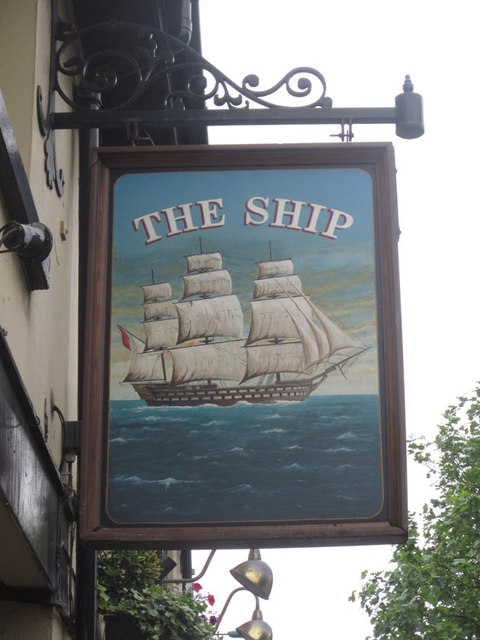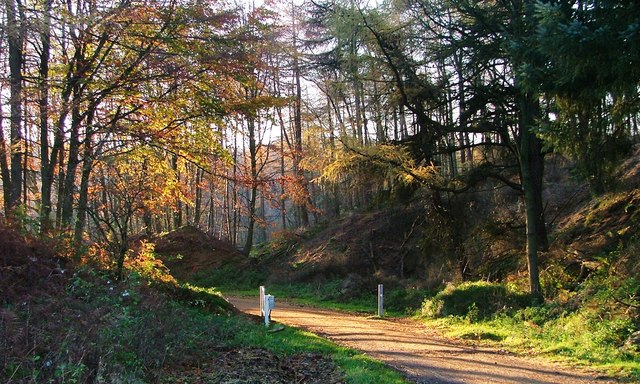Hunter's Hill
Settlement in Yorkshire
England
Hunter's Hill

Hunter's Hill is a picturesque village situated in the heart of Yorkshire, England. Known for its stunning natural beauty, the village offers a serene and peaceful environment, making it an ideal destination for nature enthusiasts and those seeking tranquility.
Nestled amidst rolling hills and lush green valleys, Hunter's Hill boasts breathtaking panoramic views that attract visitors from far and wide. The village is blessed with an abundance of flora and fauna, making it a haven for wildlife lovers. One can often spot deer, rabbits, and a variety of bird species in the surrounding countryside.
The village itself is small and quaint, with traditional stone cottages lining the streets. These charming houses add to the village's character and provide a glimpse into its rich history. The locals are known for their warm hospitality and friendly nature, welcoming visitors with open arms.
Hunter's Hill offers a range of outdoor activities for visitors to enjoy. The village is surrounded by numerous walking trails, providing opportunities for scenic hikes and leisurely strolls. There are also several cycling routes, allowing visitors to explore the area on two wheels. For those interested in water activities, the nearby river offers fishing and boating opportunities.
In terms of amenities, Hunter's Hill has a few local shops and a cozy village pub, where visitors can sample traditional Yorkshire cuisine and enjoy a pint of locally brewed ale. For a wider range of facilities, the larger town of Yorkshire is only a short drive away.
Overall, Hunter's Hill is a hidden gem in Yorkshire, offering a peaceful retreat amidst stunning natural landscapes. Whether one seeks adventure or simply wishes to unwind, this idyllic village has something to offer for everyone.
If you have any feedback on the listing, please let us know in the comments section below.
Hunter's Hill Images
Images are sourced within 2km of 54.517635/-1.059203 or Grid Reference NZ6114. Thanks to Geograph Open Source API. All images are credited.

Hunter's Hill is located at Grid Ref: NZ6114 (Lat: 54.517635, Lng: -1.059203)
Division: North Riding
Unitary Authority: Redcar and Cleveland
Police Authority: Cleveland
What 3 Words
///outdone.decoder.thumb. Near Guisborough, North Yorkshire
Nearby Locations
Related Wikis
Hutton Village
Hutton Village is a settlement in the Hutton Lowcross area of Guisborough in North Yorkshire, England. Whilst the area itself is mentioned in the Domesday...
Ruther Cross
Ruther Cross is the shaft of an old stone cross in Guisborough in Redcar and Cleveland, England. It stands close to the point where the old road Ruthergate...
Hutton Hall, Guisborough
Hutton Hall is a grade II listed country house in the Hutton Lowcross area to the south west of Guisborough, North Yorkshire, England. == History == The...
Hutton Junction railway station
Hutton Junction railway station served the town of Guisborough, in the historical county of North Riding of Yorkshire, England, from 1878 to 1891 on the...
Nearby Amenities
Located within 500m of 54.517635,-1.059203Have you been to Hunter's Hill?
Leave your review of Hunter's Hill below (or comments, questions and feedback).




















